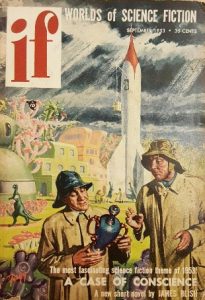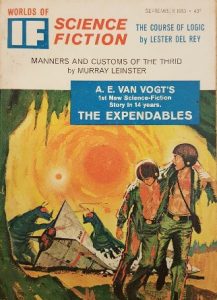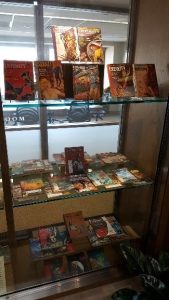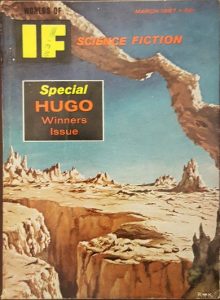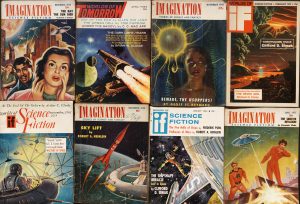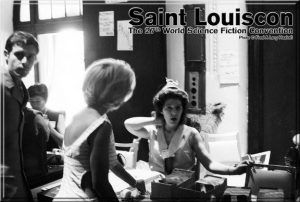Galaxy
[Posted by Ashley Esposito, a graduate student in American Studies doing an internship in the Watkinson]
 Leigh Couch Collection in progress…
Leigh Couch Collection in progress…
This week I found myself focusing on Galaxy Science Fiction Magazine. My first task was to confirm the chronological order while conducting an inventory of this section of the collection. Galaxy was founded by H. L. Gold in October of 1950. Between 1950 and 1995, Galaxy was published in 262 issues, although there were various times when the publication was on different schedules. Based on the inventory I conducted we have approximately 48% of the issues printed. Some issues we have in two or three copies.
A range of now-famous writers published in its pages, including Theodore Sturgeon, Jack Vance, Larry Niven, Frank Herbert, Jacqueline Lichtenberg and Issac Asimov. Galaxy seemed to regularly reinvent itself and its direction with each new editor.
In 1953 it shared a Hugo award for Best Magazine with Astounding. As with the many of science fiction publications, Galaxy has transitioned into the digital age as Galaxysciencefiction.com and its companion, Galaxy e-zine.org.
I look forward to getting to know this title better as this project persist. If you are interested in some further information on Galaxy or science fiction in general, please use the resources listed below.
Resources:
